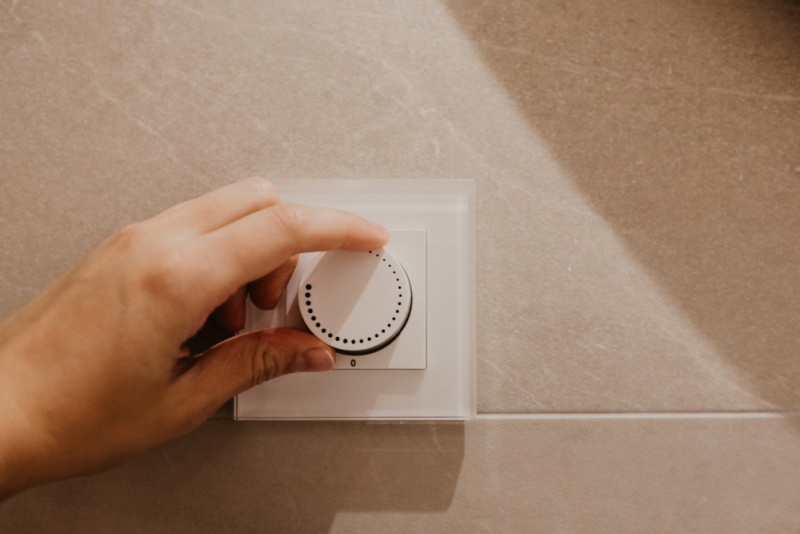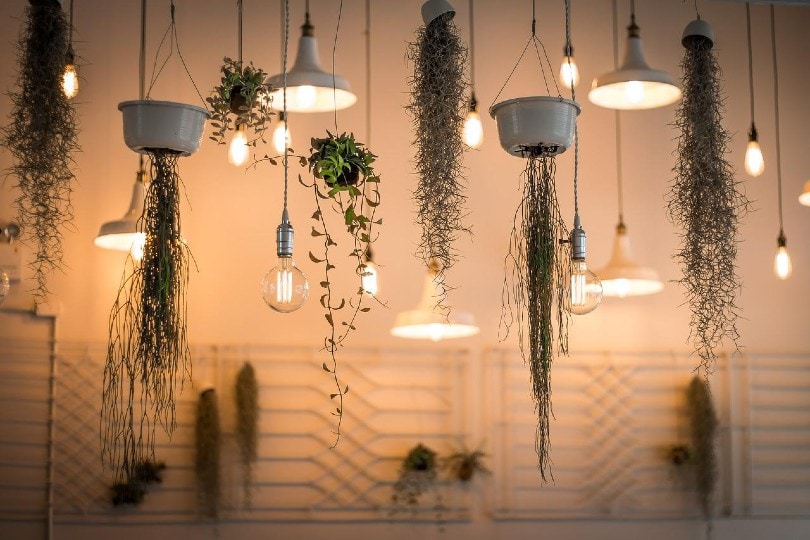Does Dimming the Lights Save Energy?
-
Pete Ortiz
- Last updated:

It’s common knowledge that turning off lights when you leave a room saves energy. But what about dimming the lights? Does that save energy as well? The short answer is yes, dimming your lights does save energy.
But how much energy you’ll save depends on a few factors. For starters, let’s look at how dimming lights works and how it saves energy.
What Is a Light Dimmer?

A light dimmer is a device that lowers the brightness of a light. It is typically used to create ambiance in a room or to save energy. Light dimmers work by reducing the amount of electricity that flows to a light bulb. This is usually done by using a rheostat, which is a variable resistor that serves to control the current.
Moreover, when you dim a light, you’re actually just reducing the amount of current flowing through the lightbulb. This in turn reduces the amount of power the light bulb uses. And since power is a product of voltage and current (power = voltage x current), by reducing the current, you’re also reducing the power.
How Do Light Dimmers Save Energy?

By reducing the amount of electricity that flows to a light bulb, light dimmers help save energy. It is estimated that if you were to dim your lights 50% of the time, it could cut your energy use by as much as 40% over time! That’s no small feat, and it’s one of the simplest ways to start saving electricity in your home.
How does this work? Well, when you dim a light, you are essentially reducing the amount of power that is flowing to the bulb. This means that the bulb will use less energy, and as a result, you’ll save money on your energy bill.
It’s important to note that not all light dimmers are created equal. Some dimmers are more efficient than others, so it’s important to do your research before you purchase them.
Another Option
So far, we’ve seen that dimming the lights can actually save you money over time. But could there be an easier way to get the same results? Since we’re on the subject of energy efficiency, that’s exactly what we need to find out.
As you’re likely aware, there’s more than one type of lightbulb on the market these days. In addition to the old standby, the incandescent bulb, there are now compact fluorescent (CFL) and light-emitting diode (LED) bulbs available.
These newer options are not only more energy-efficient than traditional incandescent bulbs, but they also last much longer.
So if you’re looking for an easy way to save energy and money, switching to CFL or LED bulbs is a great place to start. Not only will you use less energy overall, but you’ll also save money on replacement bulbs since you won’t need to buy them as often.
There are a few things to keep in mind when making the switch, though. CFL bulbs contain a small amount of mercury, so it’s important to dispose of them properly when they do eventually burn out. And LED lights can be more expensive up front, though the long-term savings are typically worth it.
Know Your Bulbs

Keep in mind that not all lightbulbs can be dimmed. LED and CFL bulbs, for example, typically don’t work with standard dimmer switches. So before you buy new bulbs, check the packaging to make sure they can be used with a dimmer switch.
Final Thoughts
The verdict is in: Yes, dimming your lights can save energy! How much energy you’ll save depends on how often you dim your lights and how big of a difference you make in the light level. But even making a small impact can add up to big savings over time. So go ahead and give those light switches a workout—your wallet will thank you.
Featured Image Credit: Fototocam, Shutterstock
Contents



